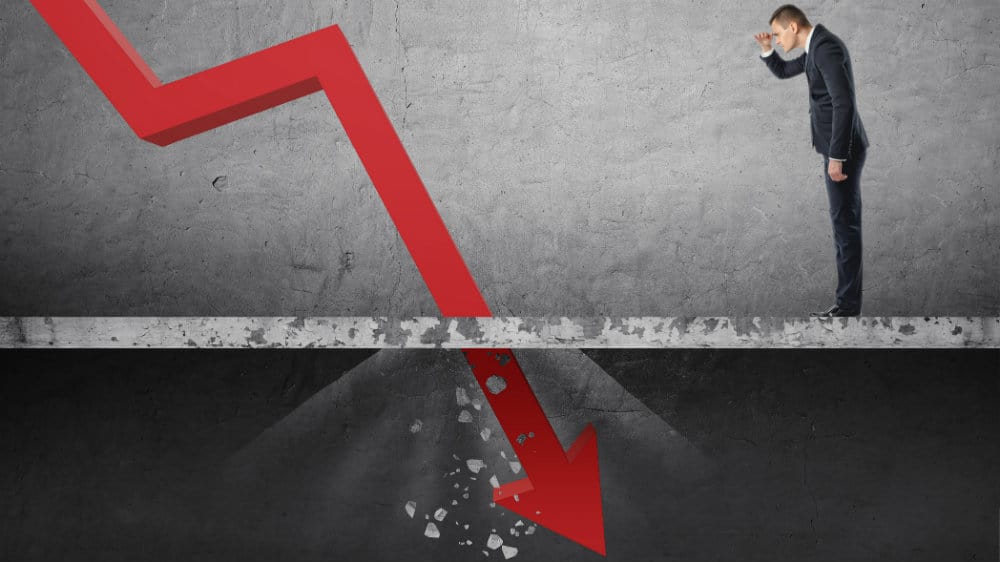We’ve all heard those dreaded words: a recession is coming.
Whether you’ve experienced the 2008 recession yourself or know of friends or family who were affected by it, a recession is serious business, but it doesn’t just happen overnight.
Definition of a recession
According to the National Bureau of Economic Research (NBER) in the United States, a recession is defined as a significant decline in economic activity lasting more than a few months. This is contrary to the popularized belief that recessions have to be two consecutive quarters of decline in real GDP.
Recessions can be observed through real GDP, real income, wholesale-retail sales, employment, and industrial production. Real GDP is defined as the inflation-adjusted measure of all the goods and services produced by a country in a year. GDP that is not inflation-adjusted is called nominal GDP.
The NBER works closely with the Bureau of Economic Analysis (BEA), which predicts real GDP. It uses this estimate along with the metrics mentioned above to determine if a recession is occurring.
The NBER does not always get it right the first time. Sometimes it needs to issue revisions to past statements whereby it was incorrect.
The Business Cycle Dating Committee (BCDC) is responsible for declaring the start and end dates of a recession and it occurs between six and 18 months after the fact.
A history of recessions
The most memorable recession in the 21st century was the 2008-2009 recession. The economy shrank in Q1, Q3, and Q4 of 2008 as well as Q1 and Q2 of 2009. Using the NBER’s definition of a recession, it certainly fits the mould.
The recession was caused by the subprime mortgage crisis whereby homeowners were defaulting on their loans due to the payments being much more than they could afford. This trickled down to financial institutions, as it purchased mortgage-backed securities from one another, which meant many companies were exposed to the risk.
It is widely accepted that the 2008-2009 recession (“The Great Recession”) was the worst financial crisis in the United States since the 1929 Depression. It wasn’t until Q3 2009 that the GDP turned positive due to an economic stimulus package introduced by then President Barack Obama.
The earliest recession in the 21st century occurred in 2001 and it lasted from March until November. The recession was triggered by the dot-com bubble whereby many tech stocks became overvalued due to the hype around technology at the time.
Once investors lost confidence in the stock market, it triggered a massive sell-off, which subsequently lead to the recession.
Summary
Recessions are a normal part of the economic cycle. In fact, recessions are healthy, as they allow the economy to recover after many years of gains.
Investors have enjoyed a bull market for the better part of 10 years, which means the economy is ripe for a recession. With the Dow Jones Industrial Average trading near its all-time high, I would be extremely cautious about my stock market decisions in the following years.
Be sure to check in tomorrow for the second part of my series, where we explore the indicators of a recession.
If you liked this article, click the link below for exclusive insight.




